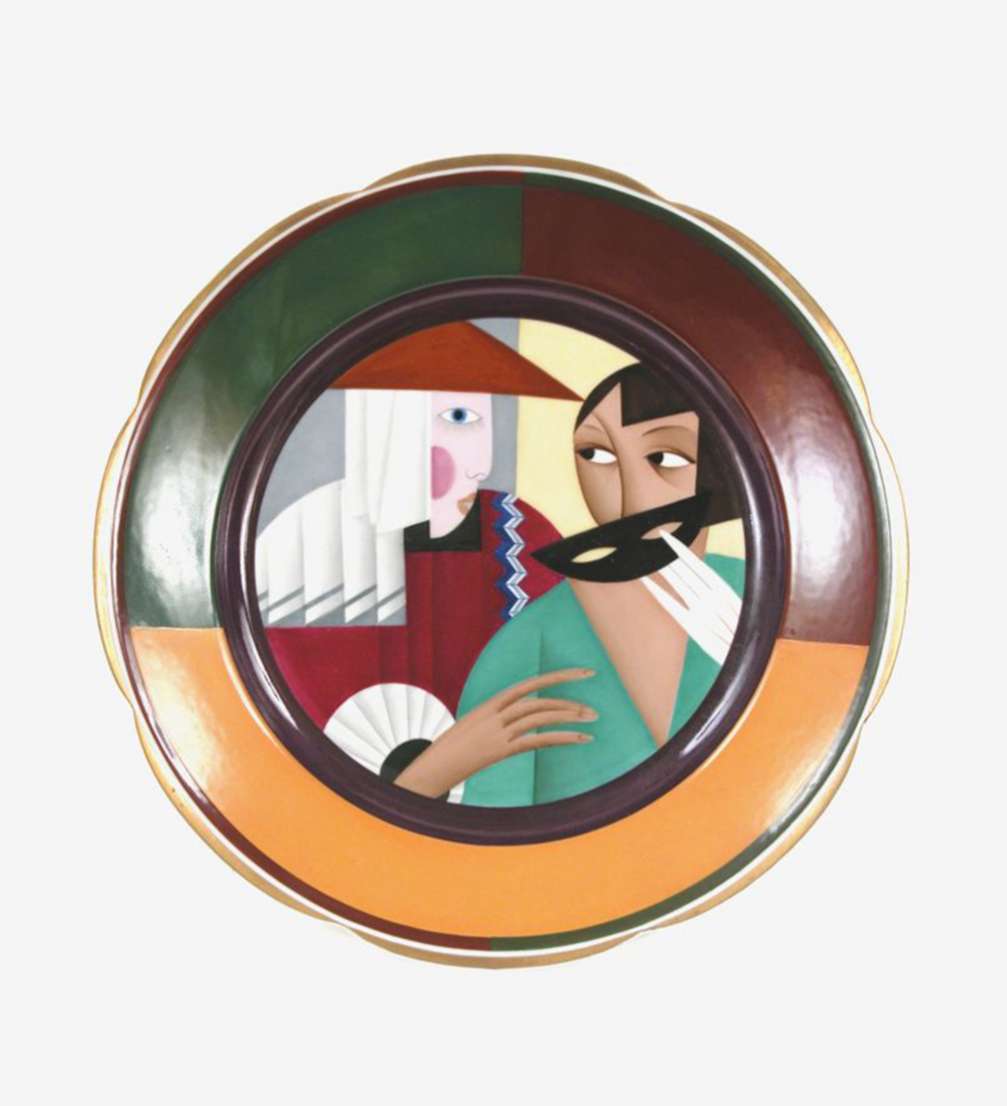
As from tomorrow, February 22, the Museum of Decorative Arts and Design will host an extensive porcelain art exhibition «Riga’s Porcelain Art. 1925–1940», which will tell of the achievements and significance of this field of art in the cultural landscape of Latvia. A smaller show, «Studio «Baltars» 1926–1928» opens on February 27 at the R. Suta and A. Beļcova Museum.
The exhibition «Riga’s Porcelain Art. 1925–1940» introduces renown Latvian artists — painters and graphic artists, who, inspired by the independence of the Latvian State in 1918, created sketches for porcelain painting in the 1920s and 30s and developed a new artistic thinking and a way of expression — porcelain art. It was an unexplored field, where national themes came to be linked with European Modernism. The exhibition particularly emphasizes the legacy of the Porcelain Painting Workshop «Baltars» (from Latin «ars Baltica» — Baltic art; 1925–1928), whose artworks most vividly express the most remarkable artistic styles of the time, such as Constructivism, Cubism and Art Déco, merging with the individual style of each artist.
The exhibition also represents two other porcelain workshops of the time: «Burtnieks» (1928–1939), headed by the graphic artist Sigismunds Vidbergs and sponsored by the Latvian press magnates the Benjamiņi family; and «Ripors» (1933–1934) founded by Niklāvs Strunke. The exhibition includes wares from the M. S. Kuznetsov and J. C. Jessen factories, the two outstanding porcelain manufacturing enterprises in Riga. Many professional Latvian painters and graphic artists — Ansis Cīrulis, Jūlijs Madernieks, Jēkabs Bīne, Vilis Vasariņš, Ludolfs Liberts and others, created sketches for these factories.
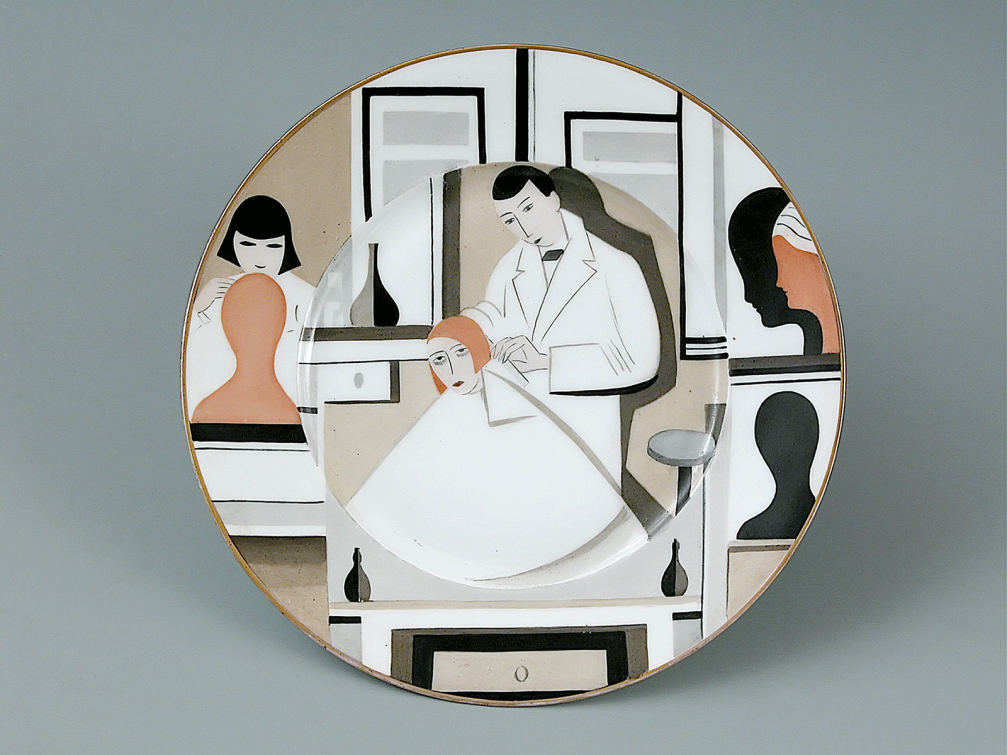
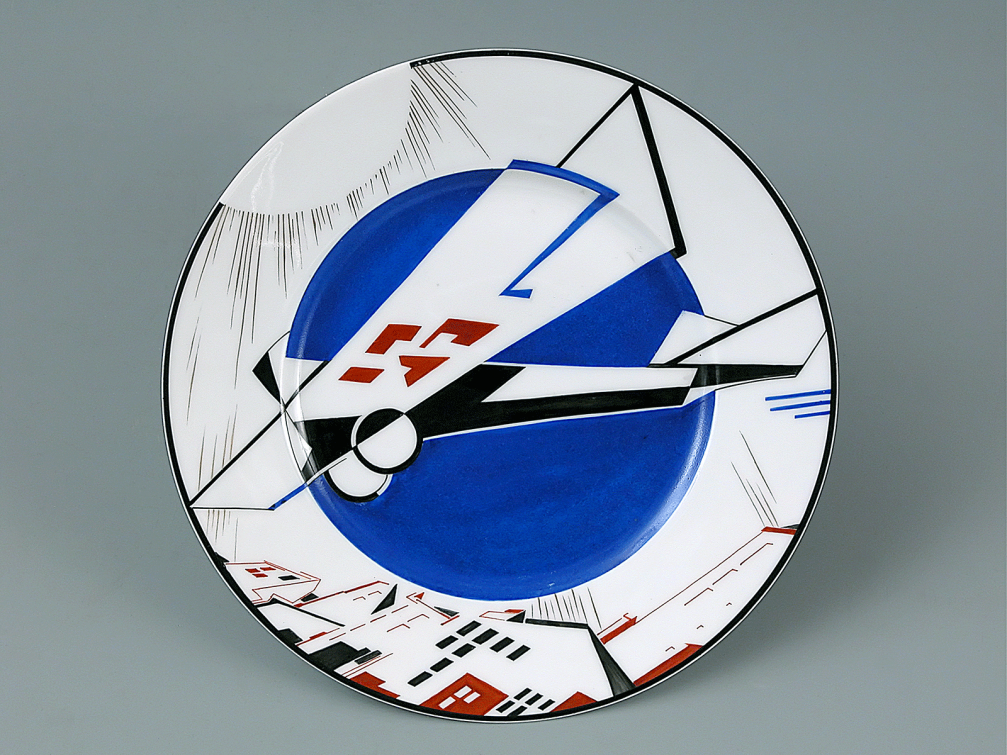
The exhibition comprises artworks from the Museum of Decorative Arts and Design, Romans Suta and Aleksandra Beļcova Museum, as well as the Museum of History of Riga and Navigation and the Literature and Music Museum. Numerous outstanding items have been chosen from the Zuzāni family’s, Guntis Belēvičs’s and other private collections, which will be shown to the public for the first time. Author of the exhibition’s artistic setting is Jurģis Krāsons.
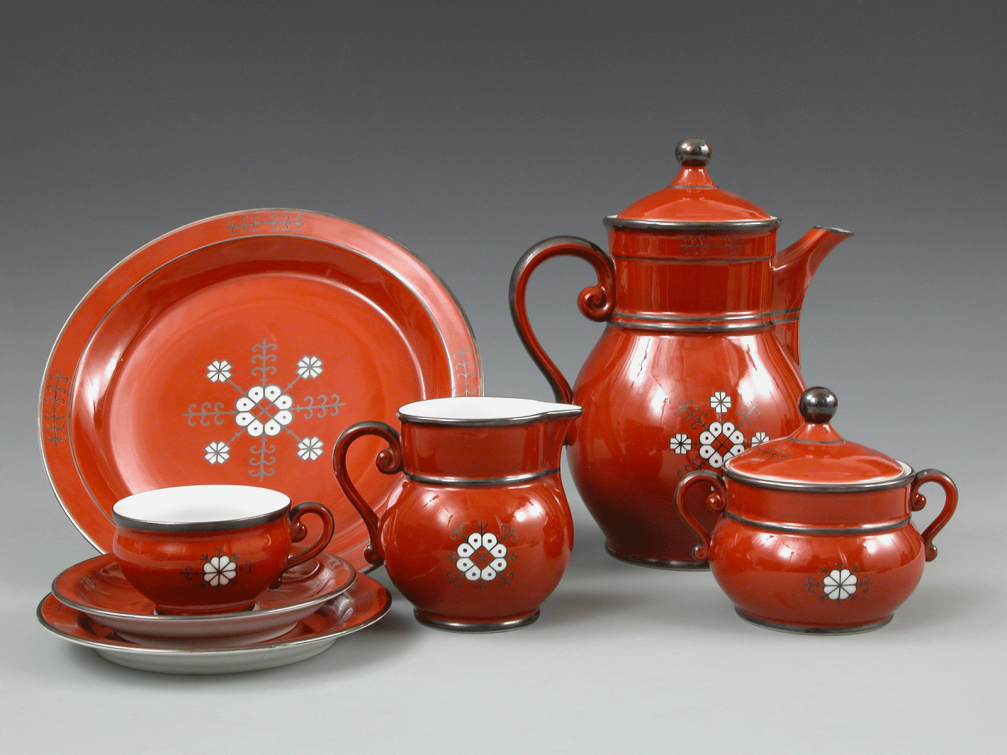
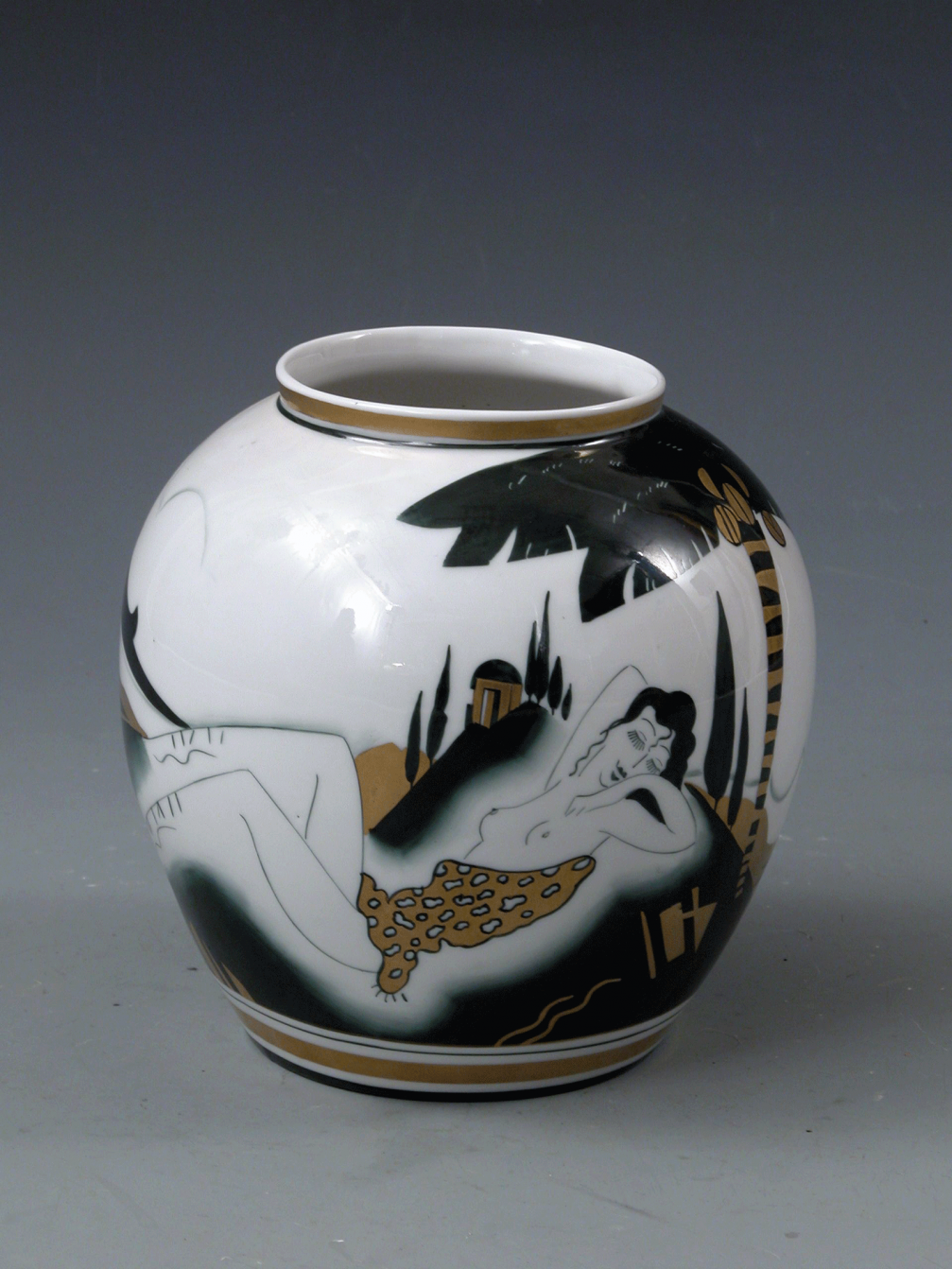
The noteworthy exhibition «Riga’s Porcelain Art. 1925–1940» will be accompanied by a smaller show of the studio «Baltars» works at the Romans Suta and Aleksandra Beļcova Museum. The exhibition has been made to take notice to the fact that the «Baltars» workshop in 1926 organized a porcelain painting studio for young people without any prior art education. Not much information on the studio and its participants has been found, for that reason the exhibition displays all the works of the studio’s students in order to promote the discovery of unknown facts, works and sketches.
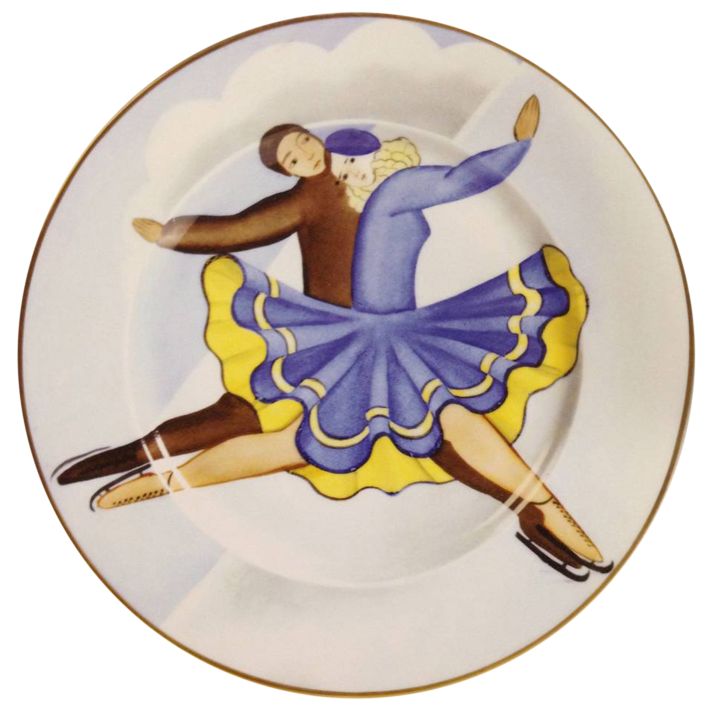
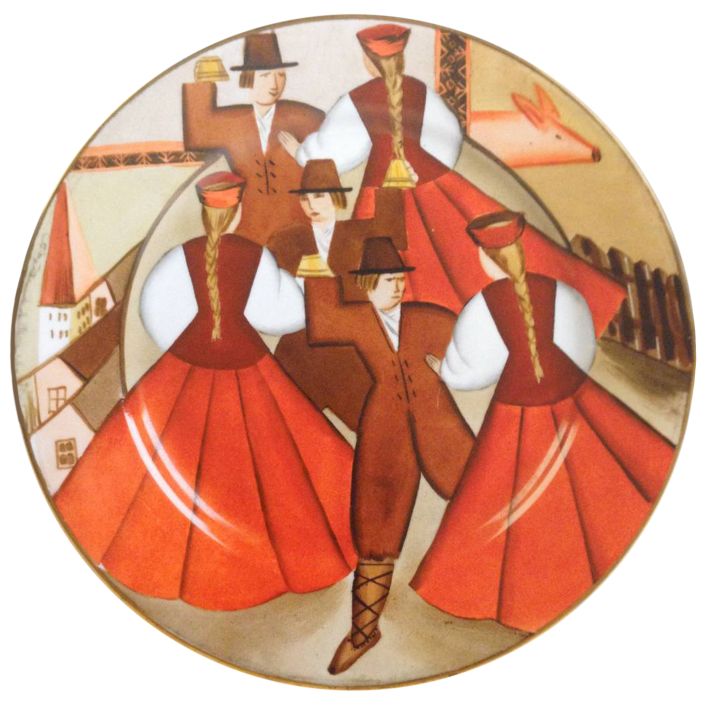
The exhibition «Riga’s Porcelain Art. 1925–1940» will be open until April 27 at the Museum of Decorative Arts and Design in Riga, Skārņu iela 10/20, but the exhibition «Studio «Baltars». 1926–1928» can be visited from February 27 until April 26 at the R. Suta and A. Beļcova Museum in Riga, Elizabetes iela 57a, flat 26. More information on the shows and organised events is available on the websites of the Museum of Decorative Arts and Design and the R. Suta and A. Beļcova Museum.
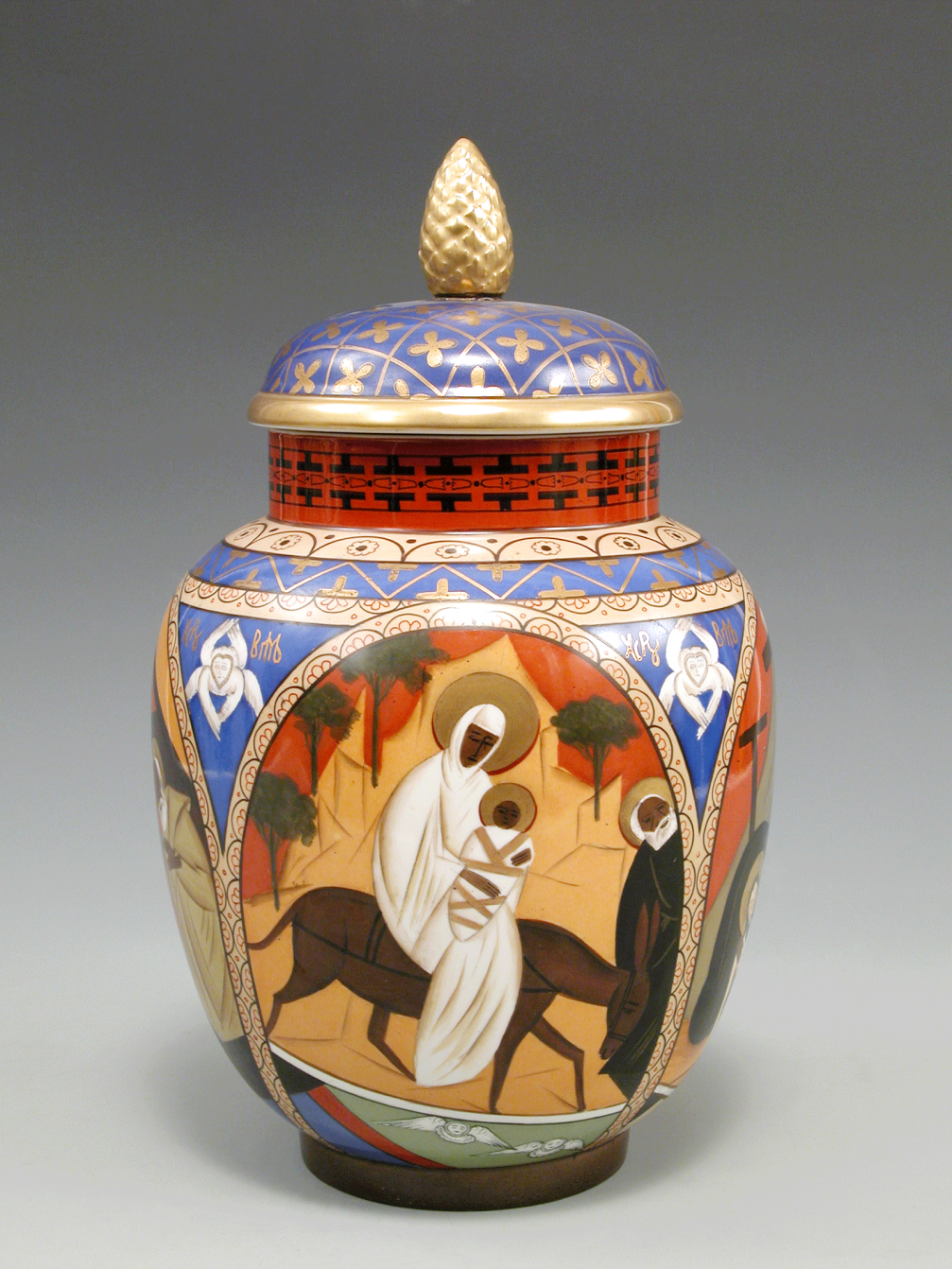
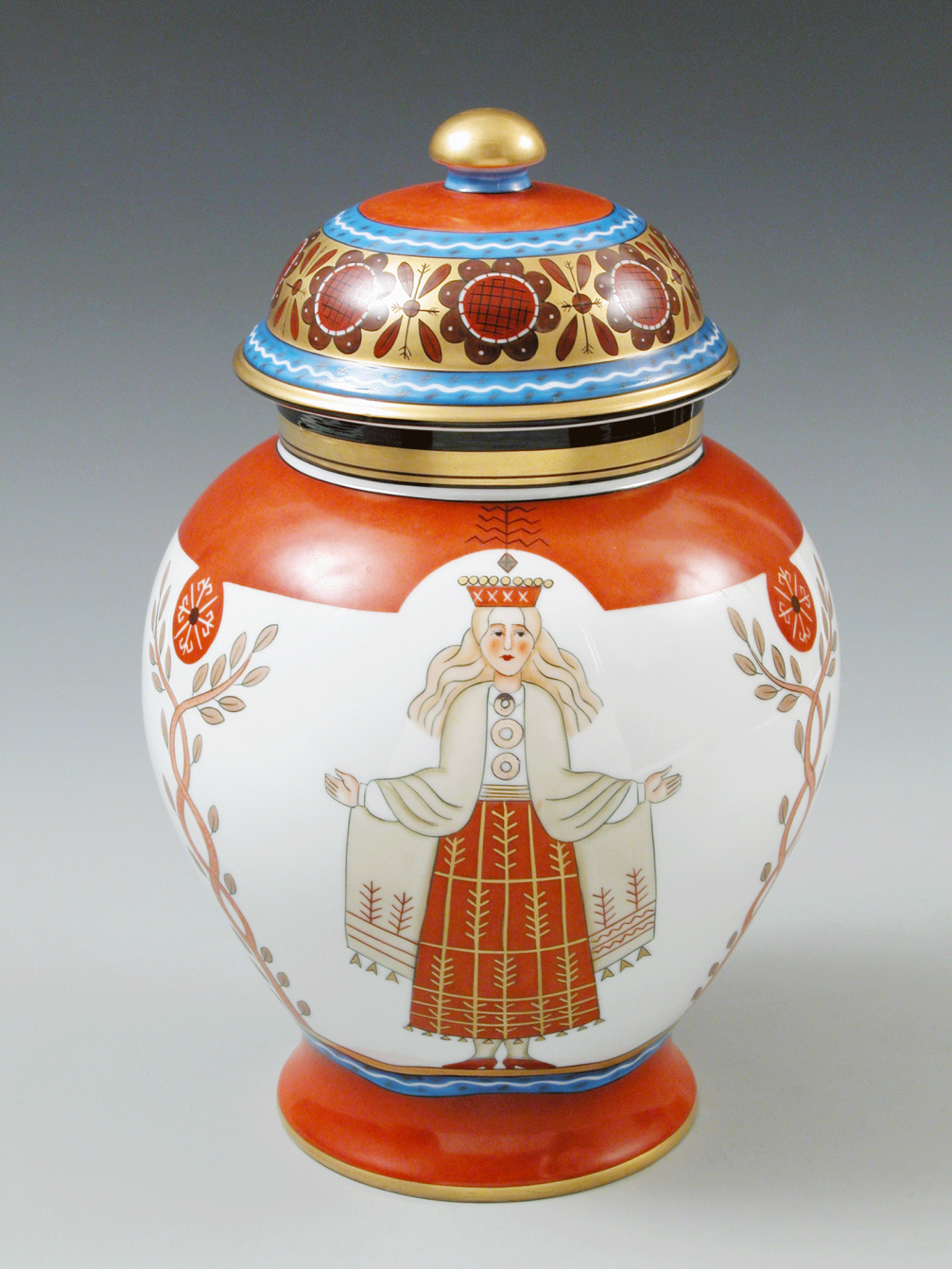
Viedokļi